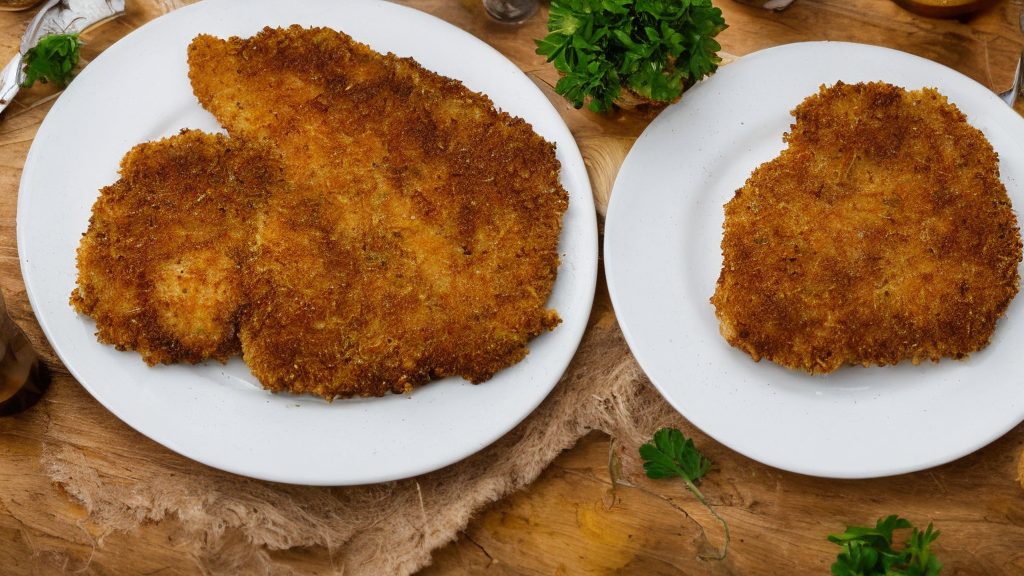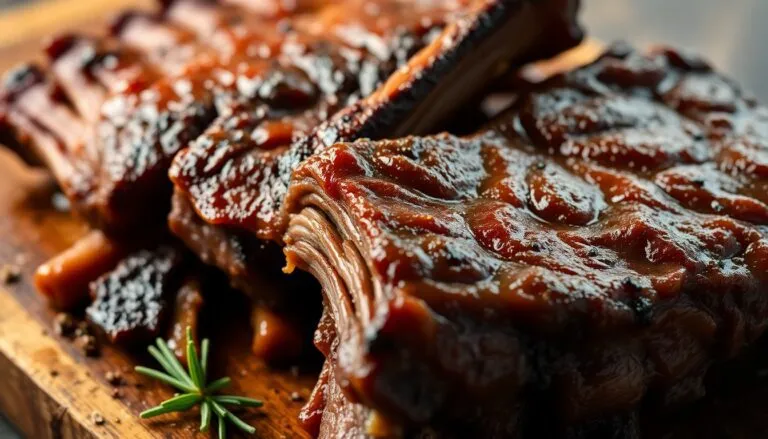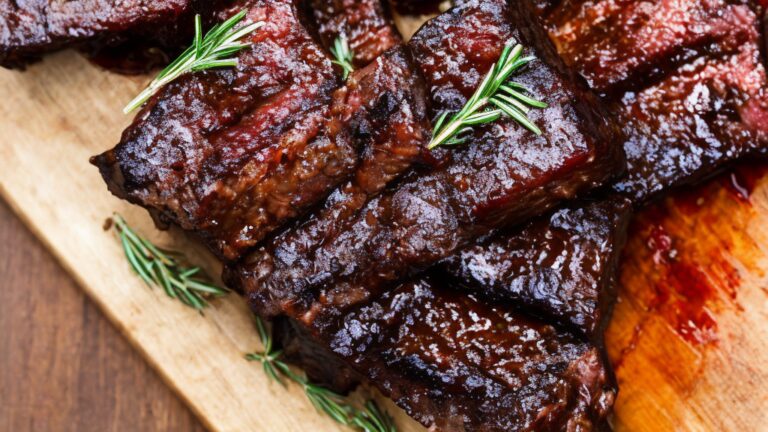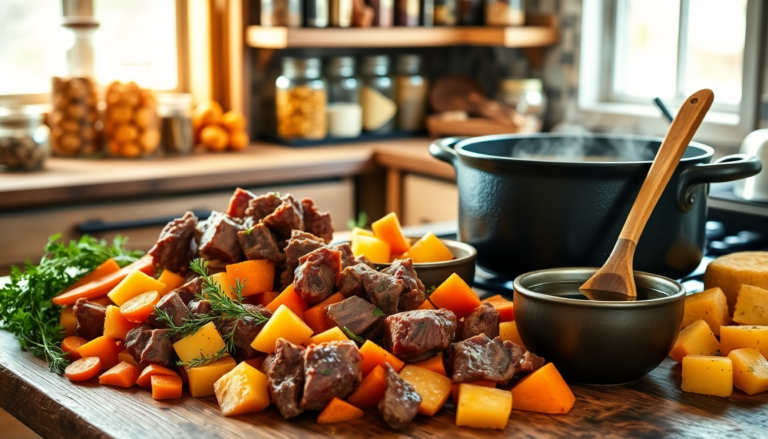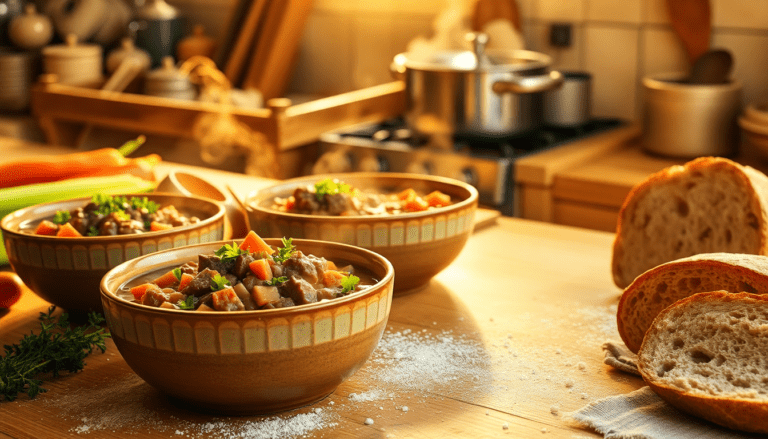5-Star Beef Milanese: The Ultimate Recipe (Authentic Italian!)
Ever wondered what truly separates a magnifico Beef Milanese Recipe from a mere breaded cutlet? I’ve spent years perfecting this recipe, delving into the heart of Lombardy’s culinary traditions, and I’m ready to share my secrets to creating an authentic, 5-star experience. This isn’t just a recipe; it’s a journey to the taste of Italy, right in your kitchen.
Understanding Authentic Italian Beef Milanese
My passion for Italian cuisine led me down a path of discovery, uncovering the nuances that define a genuine Beef Milanese. This isn’t just any breaded cutlet; it has a rich history and specific characteristics. Originating in the Lombardy region of Italy, Beef Milanese (or Cotoletta alla Milanese) boasts a lineage stretching back centuries. While precise origins are shrouded in culinary lore, stories hint at its emergence within aristocratic circles, a testament to its elegance and sophistication. It differs significantly from other breaded cutlets like Wiener Schnitzel primarily in its preparation and the type of meat used. While the Schnitzel often utilizes pork, a true Beef Milanese traditionally uses veal cutlets, though lean beef cuts can serve as excellent substitutes. The breading technique, the seasoning, and even the choice of pan oil contribute to its distinctive flavor profile. Above all, achieving that perfect balance of crispy, golden-brown breading and succulent, tender beef hinges on the quality of ingredients. I’ve found that sourcing excellent quality beef is paramount to a truly authentic taste.
Selecting the Perfect Cut of Beef for Your Milanese

The foundation of any exceptional Beef Milanese lies in choosing the right cut of beef. While veal is traditional, its availability and cost might steer you towards excellent beef alternatives. The key is finding a cut that offers a delicate balance of tenderness and flavor. Even thickness is also crucial for even cooking; otherwise you risk some parts being overcooked and others undercooked.
My recommendation leans towards:
- Veal Cutlet: The classic choice. Aim for a thickness of about ¼ inch. Its mild, slightly sweet flavor is quintessential.
- Beef Tenderloin: Extremely tender and rich, with a buttery flavor. Again, target a ¼ inch thickness.
- Sirloin: A more readily available and affordable option. Aim for a thickness between ⅛ and ¼ inch. It’s savory and slightly firmer in texture.
- Top Round: A leaner cut that requires more effort, needing to be pounded very thin (to about ⅛ inch). Its leanness yields a savory yet slightly firmer texture.
A meat mallet is your best friend here. Gently pound the beef to ensure an even thickness. Over-pounding will result in tough meat. Look for cuts with a slight marbling, as this contributes to tenderness and flavor.
| Cut of Beef | Thickness (approx.) | Tenderness | Flavor Profile |
|---|---|---|---|
| Veal Cutlet | 1/4 inch | Very Tender | Mild, slightly sweet |
| Beef Tenderloin | 1/4 inch | Very Tender | Rich, buttery |
| Sirloin | 1/8 – 1/4 inch | Tender | Savory, slightly firm |
| Top Round | 1/8 inch (pounded) | Firm | Lean, savory |
The Art of Preparing the Beef Milanese
Now for the artistry! This section details the process for obtaining a truly superior Beef Milanese.
Pounding the Beef: This step is crucial. Place the cutlets between two sheets of plastic wrap to prevent them from tearing. Use a meat mallet to gently and evenly pound the meat to the desired thickness.
Breading Technique: This is where your Milanese truly comes to life. Here’s my precise technique:
- Dredge the pounded beef in seasoned flour (salt, pepper, a pinch of nutmeg adds a lovely touch).
- Dip each cutlet in a lightly beaten egg wash.
- Coat generously with breadcrumbs—I favor a mix of traditional Italian breadcrumbs and panko for optimal crispness.
Seasoning: Keep it simple, yet impactful. Salt and freshly ground black pepper are essential. That subtle hint of nutmeg elevates the dish.
Cooking Method: Traditionalists pan-fry in clarified butter (or a mix of butter and oil) at medium-high heat until golden brown and cooked through (approximately 2-3 minutes per side). The key is to maintain a consistent temperature for even browning and cooking.
Secret to Extra Crispy Milanese
For an exceptionally crisp crust, add a tablespoon of cornstarch to your flour before breading. This little trick adds a delightful crunch!
Serving Your 5-Star Beef Milanese

The final touch is presentation. Serve your Beef Milanese immediately. A classic accompaniment is a simple arugula salad dressed with lemon juice and olive oil, a squeeze of fresh lemon juice over the cutlets themselves, and perhaps a side of simple spaghetti aglio e olio. The plating itself is an art form. Consider using a bed of arugula, placing the cutlets atop, and garnishing with lemon wedges.
FAQ: Your Beef Milanese Questions Answered
Can I use frozen beef for Beef Milanese?
While fresh is best, thawed and thoroughly dried frozen beef can be used; just make sure it’s fully thawed and patted completely dry.
What kind of breadcrumbs are best for Beef Milanese?
Traditional Italian breadcrumbs are ideal, but panko adds extra crispiness.
How do I know when my Beef Milanese is cooked?
The internal temperature should reach 145°F (63°C). The breading should be golden brown and gloriously crispy.
Can I make Beef Milanese ahead of time?
For optimal crispness, cook just before serving. You can bread the cutlets ahead and refrigerate them, though.
Conclusion

You’ve now unlocked the secrets to crafting a truly memorable Beef Milanese. With practice, you’ll become a maestro of this Italian classic. Now go forth and create your culinary masterpiece! Buon appetito! Share your culinary creations with me—I’d love to see your 5-star Beef Milanese!

